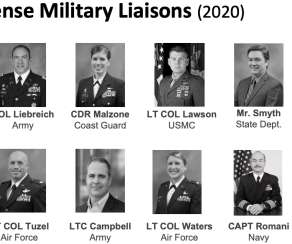Technology, Innovation, and Modern War – Class 7 – Jack Shanahan
Steve Blank
OCTOBER 21, 2020
We just held our seventh session of our new national security class Technology, Innovation and Modern War. Joe Felter , Raj Shah and I designed the class to examine the new military systems, operational concepts and doctrines that will emerge from 21st century technologies – Space, Cyber, AI & Machine Learning and Autonomy.

















Let's personalize your content